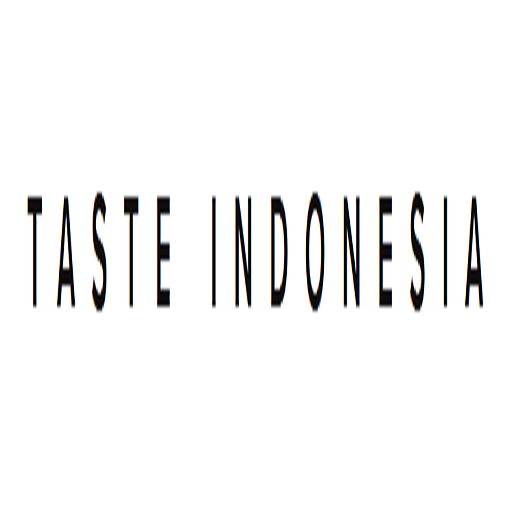Sate Madura in Jakarta
BY: CHEF WILIAM WONGSO via CULINARY INSTITUTE OF AMERICA
The most beloved of all Indonesian street foods, sate is the sizzling snack of choice throughout Jakarta and the entire archipelago. William Wongso takes us on a tour of Jakarta’s sate stalls, and introduces us to sate Madura served with a peanut dipping sauce.
Satay or sate in Indonesian and Malaysian spelling, is a dish of seasoned, skewered and grilled meat, served with a sauce. Satay may consist of diced or sliced chicken, goat, mutton, beef, pork, fish, other meats, or tofu; the more authentic version uses skewers from the midrib of the coconut palm frond, although bamboo skewers are often used. These are grilled or barbecued over a wood or charcoal fire, then served with various spicy seasonings. Satay can be served in various sauces, however most often they are served in a combination of soy and peanut sauce. Hence, peanut sauce is often called satay sauce.
Satay originated on the Indonesian island of Java. It is available almost anywhere in Indonesia, where it has become a national dish. It is also popular in many other Southeast Asian countries, including Malaysia, Singapore, Brunei, Thailand, the Philippines, East Timor as well as in Suriname and the Netherlands, as Indonesia and Suriname are former Dutch colonies.
Origin
Satay's Southeast Asian origin was in Java, Indonesia. There satay was developed from the Indian kebab brought by the Muslim traders.
A dish with widespread popularity, the origins of satay are unclear. The word "satay" itself is thought to have been derived from Indonesian: sate and Malay: saté or satai both perhaps of Tamil origin. Satay was supposedly invented by Javanese street vendors as an adaptation of Indian kebabs. This theory is based on the fact that satay has become popular in Java after the influx of Muslim Indian and Arabs immigrants to Dutch East Indies in the early 19th century. The satay meats used by Indonesians and Malaysians — mutton and beef — are also favored by Arabs and are not as popular in China as are pork and chicken. During the same period, other goat-based food such as tongseng and gulai kambing spicy goat soup were also appeared in Java.
Another theory states that the word "satay" is derived from the Southern Min words sa tae bak, which mean "three pieces of meat". This theory is discounted, however, as traditional satay often consists of four pieces of meat and the fact that four is considered to be an inauspicious number in Chinese culture.
From Java (though this is difficult to prove from very few records), satay spread through the Malay Archipelago and, as a consequence, numerous variations of the dish have been developed and exist. By the late 19th century, satay has crossed the Strait of Malacca into neighboring Malaysia, Singapore and Thailand. In the 19th century, the term migrated, presumably with Malay immigrants from the Dutch East Indies, to South Africa, where it is known as sosatie. The Dutch also brought this dish as well as many other Indonesian specialties to the Netherlands, thereby influencing Dutch cuisine even to this day.

